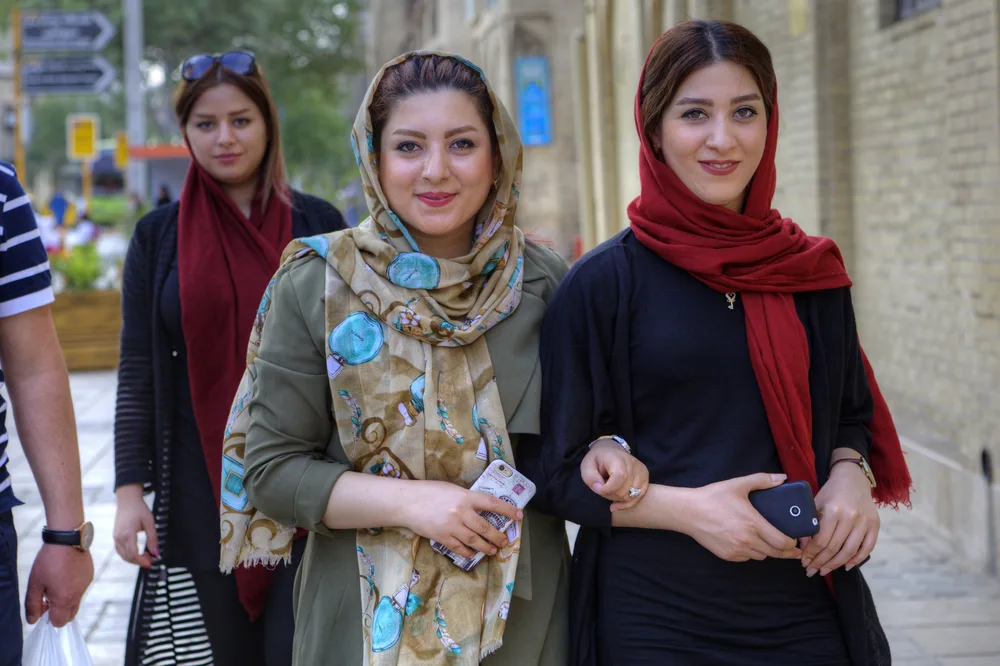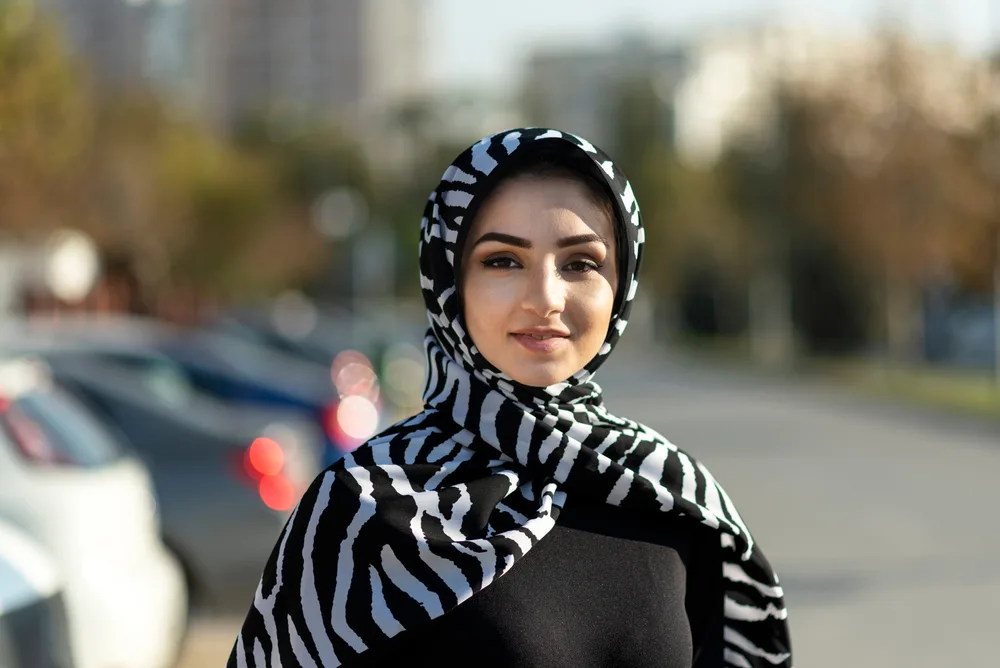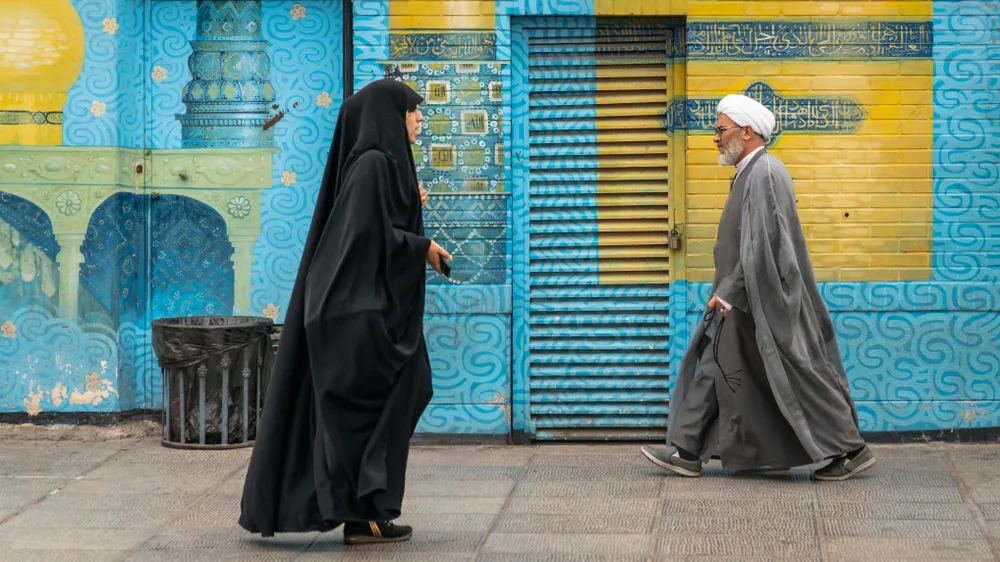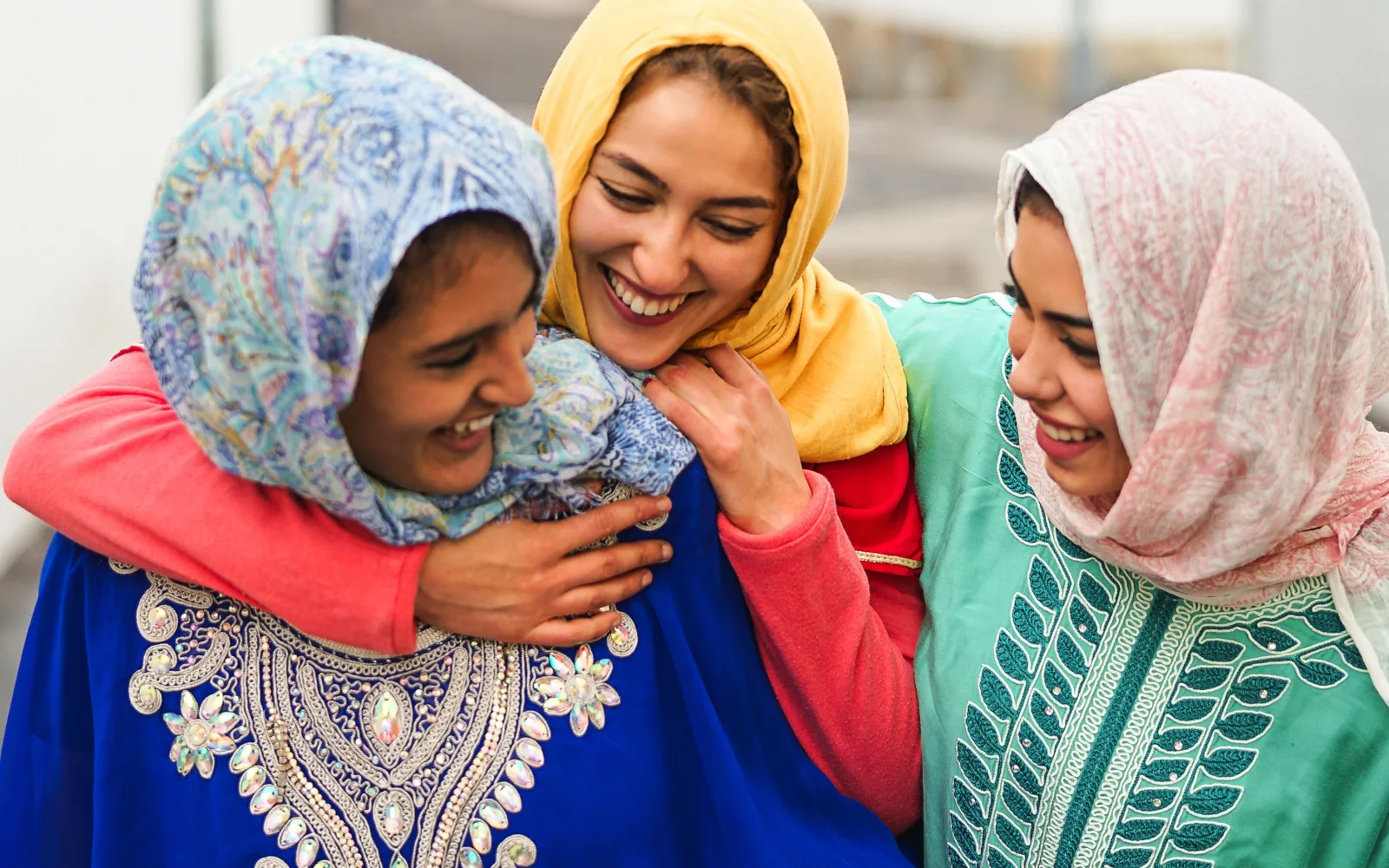Iran is a beautiful country with some of the richest cultures in the world. Its settlements stretch back millennia, leaving strong traditions of art, worship, and foodways.
“The country maintains a rich and distinctive cultural and social continuity dating back to the Achaemenian period, which began in 550 BCE,” explains Encyclopedia Brittanica.
“The heart of the storied Persian empire of antiquity, Iran has long played an important role in the region as an imperial power” and has since “been influenced by waves of indigenous and foreign conquerors and immigrants, including the Hellenistic Seleucids and native Parthians and Sasanids [sic].”
Today, it is known as a Muslim country with strong ties to the rest of the Middle East, but with a more relaxed attitude than some when it comes to the roles of women, dress, and religious law.
However, those attitudes are still quite strict according to Western standards, leaving many people to wonder whether they should visit Iran and what the best clothing choices are.
In today’s post, we’re going to take a look at the basic Iranian dress code for both men and women. That way, whether you’re planning a school trip, a vacation, or a research expedition, you can fit in as well as possible.
What to Wear: Women’s Edition

Fars Province, Shiraz, Iran – 18 april, 2017: Young Iranian women, dressed in hijab, are walking along a city street with smartphones in their hands./Grigvovan/Shutterstock
Most of the questions Westerners have about dressing in Muslim countries have to do with what women wear.
People in America have a traditional idea of what women look like, such as heads totally covered by black scarves, the body wearing a shapeless sack, and plain sandals on the feet. This is hardly the case, however.
Persian women – and those of other cultural identities living in Iran – are free to express themselves with a wide variety of colors and styles, so long as they adhere to a few basic rules. Let’s take a look.
Body
Perhaps surprisingly for Westerners raised on stereotypes, tight clothing is fine. So is short clothing. Although the legs must be covered, women are free to wear short, form-fitting dresses with tights and high heels if they please.
However, this is not the case everywhere. Some places are stricter than others, and will expect you to wear a dress or tunic that comes to the knee, though mid-thigh is usually okay.
So no shorts or mini-skirts, but other shorter clothing is typically acceptable. Women can also wear pants if they want – but they must nevertheless adhere to the rule that a tunic or dress reaches to mid-thigh.
So your general choices are along the lines of:
- Pants and a long sweater
- Leggings and a tunic
- A dress and tights
Note: do not wear see-through clothes. Any area required to be covered must be covered fully by opaque garments. Now, what about the specific rules for arms and legs?
Arms
In Iran, women must cover their arms. While stricter places may ask you to cover them to the wrist, most areas simply want women to wear sleeves past the elbow. Upper arms are usually not permitted, while shoulders are an absolute no-no in most of Iran.
You will see some Persian wedding dresses that have capped sleeves or short sleeves, but it’s best to err on the side of caution. Opt for three-quarter-length sleeves, shirts with rolled-up sleeves, or long-sleeved shirts and sweaters.
Legs
Legs must be covered as well. Because women are free to show their feet with sandals, the rules about ankles are less strict than they are in very religious places (think Afghanistan, where that isn’t appropriate at all).
Again, though, you might want to err on the side of caution and wear pants or leggings that go down to the feet.
Feet
You are welcome to wear flip-flops, sandals, or open-toed shoes in Iran. Nail polish probably isn’t the best idea, as it may make you stand out. You can also wear boots, heels, flats, and sneakers.
Special Notes on Wearing a Headscarf in Iran

stock35/Shutterstock
One of the most important items of clothing for women who want to travel in Iran is the headscarf. There are strict fines for women in Iran who don’t wear a headscarf at all, including imprisonment.
Please assume that foreign women are subject to these same laws. In recent decades, women in Iran have wrapped their hair loosely, covering the tops of their heads and the backs of their necks with the scarf but leaving bangs and long hair down the back free.
However, Iran is now threatening to enforce hajib rules more strictly. A hajib is a type of headscarf that does not show any hair at all, coming down low over the forehead and trailing behind to cover everything.
Especially as a Westerner, it’s a good idea to adhere to this, even if right now adherence does still seem somewhat optional – you’ll only have to pay a fine.
What to Wear: Men’s Edition
Surprising no one, the Iranian expectations of how men dress are significantly looser than women. Men can wear traditional Western attire – jeans and tee shirts, for example – without raising an eyebrow. However, there are some rules to follow.
Pants, Not Shorts
Men must wear pants, not shorts, in Iran. These should come down past the ankle, although like women that’s not the most important component. Like women’s clothing, they cannot be transparent.
Short Sleeves, Inside the Mosque
Men are free to wear short sleeves with open necks – think regular polo or button-up shirts you might see in the West. While not mandatory, it is considered more respectful to wear long sleeves inside a mosque.
Things to Keep in Mind
- There are no exceptions to the headscarf rule: You will, at most, stand out and face harassment if you do not wear a headscarf. Don it to pop down to your hotel lobby, keep it on in the cab, and don’t take it off on your flight until you receive express permission or see others do it.
- You should wear pants, even under long dresses: You must cover your bottom half even if you wear a dress that goes down to the ground. No bare leg can show at any time, so bring leggings, pants, or thick tights to wear with every outfit.
- There’s no need to wear socks: Socks are not required for either gender in Iran, and sandals are very popular.
- Headscarves can be any color: There is no law saying headscarves must be black or muted colors. Feel free to coordinate them with your outfit.
- LGBTQIA+ individuals are not accepted in Iran: Iran displays a considerable level of violence and abuse against individuals outside the accepted sexual and gender norms. Homosexuality officially carries the death penalty, so if you have a lifestyle that would be considered alternative, either dress and act very carefully or stay out of the country.
Frequently Asked Questions

Qom, Iran – May 2019: Iranian man and woman in black dress walking in a street in the sacred city of Qom/hakanyalicn/Shutterstock
Here are a few of the most important questions we get about what to wear in Iran:
What parts of the body must women cover while traveling in Iran?
Women must cover their heads, necks, arms to at least the elbow, legs to at least the ankle, and bodies. A tunic, dress, or overcoat must come to at least mid-thigh.
What parts of the body must men cover while traveling in Iran?
Men must cover their shoulders and wear pants down to the ankles. Shorts are never appropriate, though short-sleeved shirts are fine. In mosques, it is considered polite to wear a long-sleeved shirt, though it usually isn’t strictly necessary.
What are the headscarf rules?
Headscarves are to be worn at all times, including within your hotel, a vehicle, or anywhere else you might be seen. You may take them off for adjustment in women-only spaces such as restrooms.
What should I watch out for?
Do not treat dress codes casually, don’t display anything other than heteronormative and heterosexual identities, and take special care in religious sites. If you do that, you should be fine.
Is it safe to travel to Iran right now?
The US government does not advise traveling to Iran at the moment. According to the State Department, “U.S. citizens visiting or residing in Iran have been kidnapped, arrested, and detained on spurious charges. The Department has determined that at least one U.S. national is wrongfully detained by the Iranian government.”
Should you choose to overlook this advice, you are completely on your own: “The U.S. government is unable to provide emergency services to U.S. citizens in Iran.”
Even long-term service can come late or never: “Iranian authorities routinely delay consular access to detained U.S. nationals and consistently deny consular access to dual U.S.-Iranian nationals.”
If you are a dual Iranian-American, please treat these rules the same as if you are an American citizen only. Iran will treat dual citizens like Americans and subject them to the same rules, while the US has the same limitations in rescue.
Make a Wardrobe Plan ASAP
If you are traveling to Iran, don’t wait to make a plan for your wardrobe. Being prepared is the best way to avoid any dangerous situations in Iran, so have all your culturally approved clothing ready before you board your flight.
While it’s not a good idea to travel to Iran from the United States right now, wardrobe rules also apply to anyone traveling from another country, and will hopefully help US citizens in the future when there is peace between the Middle East and the Western world.
This country is beautiful and filled with peaceful people who want to share their culture and traditions with visitors who have open minds and hearts, so don’t give up on it!



